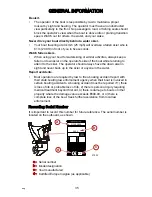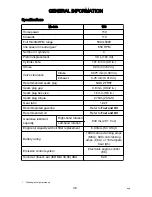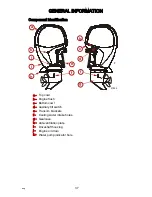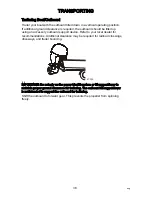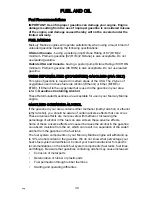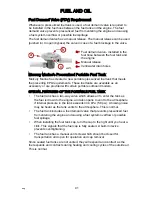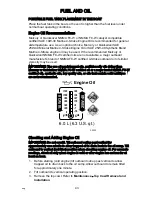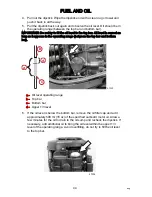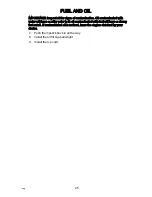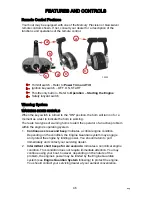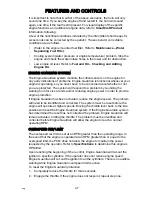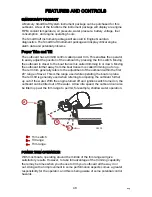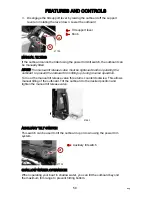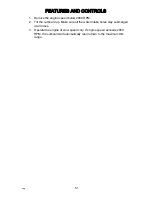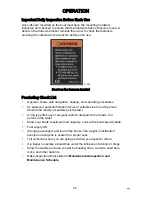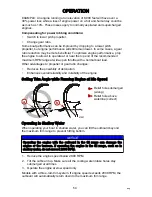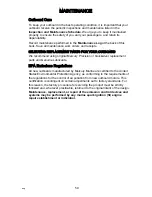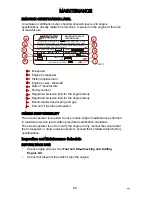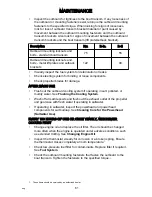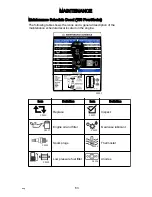
The most significant control hazard is a pull or torque that can be felt on the
steering wheel or tiller handle. This steering torque results from the outboard
being trimmed so the propeller shaft is not parallel to the water surface.
!
WARNING
Trimming the outboard beyond a neutral steering condition may result in a
pull on the steering wheel or tiller handle and loss of boat control. Maintain
control of the boat if trimming beyond a neutral steering condition.
Consider the following lists carefully.
1. Trimming in or down can:
• Lower the bow
• Result in quicker planing off, especially with a heavy load or a stern
heavy boat
• Generally improve the ride in choppy water
• Increase steering torque or pull to the right (with the normal right‑hand
rotation propeller)
• In excess, can lower the bow of some boats to a point where they
begin to plow with their bow in the water while on plane. This can
result in an unexpected turn in either direction (called bow steering or
oversteering) if any turn is attempted, or if a significant wave is
encountered.
2. Trimming out or up can:
• Lift the bow higher out of the water
• Generally increase top speed
• Increase clearance over submerged objects or a shallow bottom
• Increase steering torque or pull to the left at a normal installation
height (with the normal right‑hand rotation propeller)
• In excess, can cause boat porpoising (bouncing) or propeller
ventilation
• Cause engine overheating if any cooling water intake holes are above
the waterline
TILTING OPERATION
To tilt outboard, shut off the engine and press the trim/tilt switch or auxiliary tilt
switch to the up position. The outboard will tilt up until the switch is released or
it reaches its maximum tilt position.
1. Engage the tilt support lever by rotating the knob to bring the support
lever upward.
2. Lower the outboard to rest on the tilt support lever.
FEATURES AND CONTROLS
eng
49
Summary of Contents for 150 FourStroke
Page 2: ...eng ...

